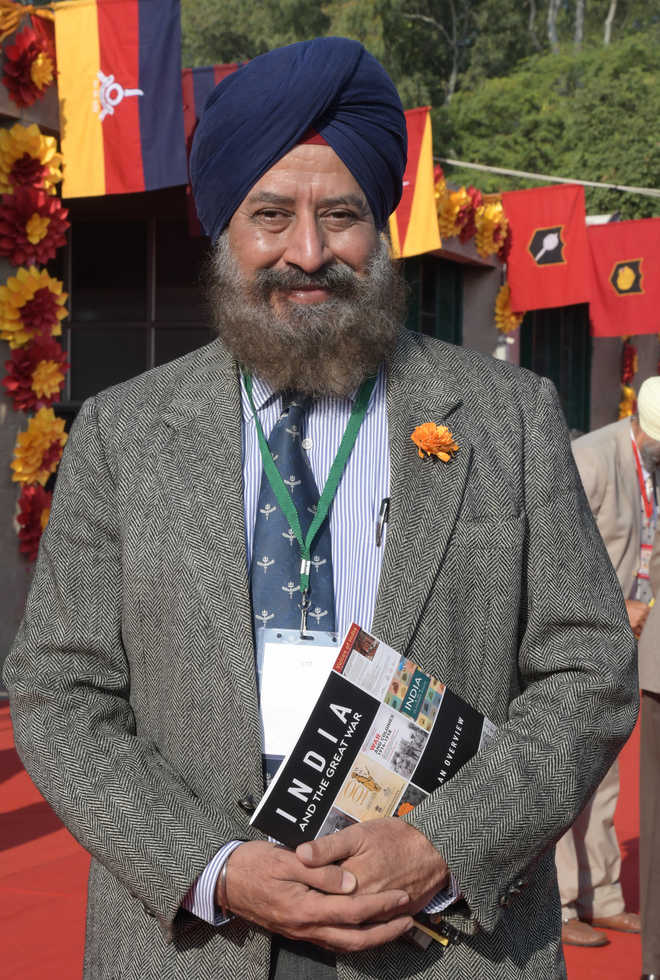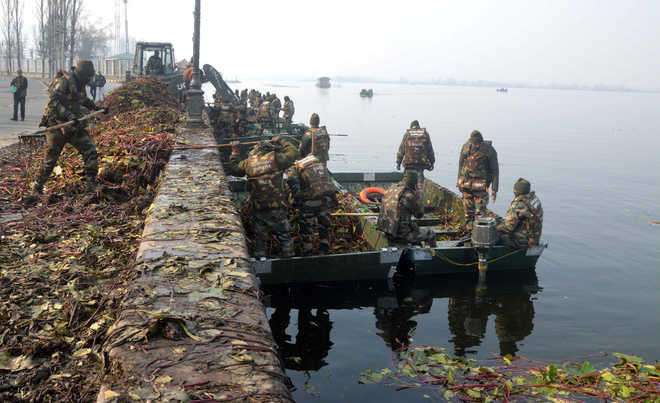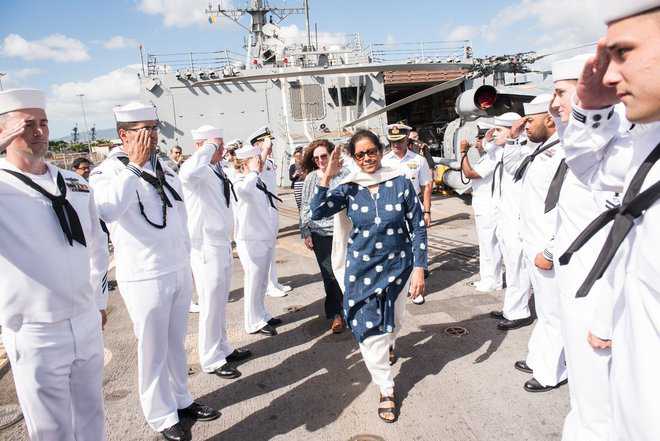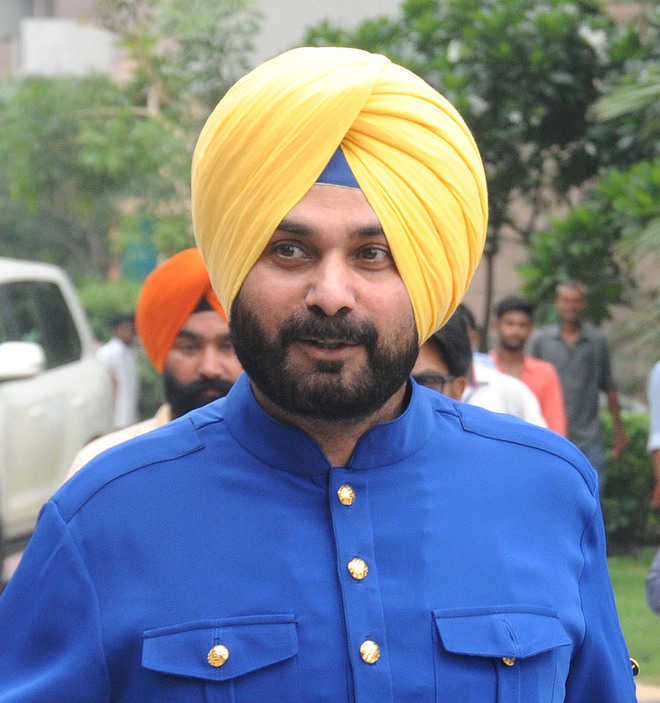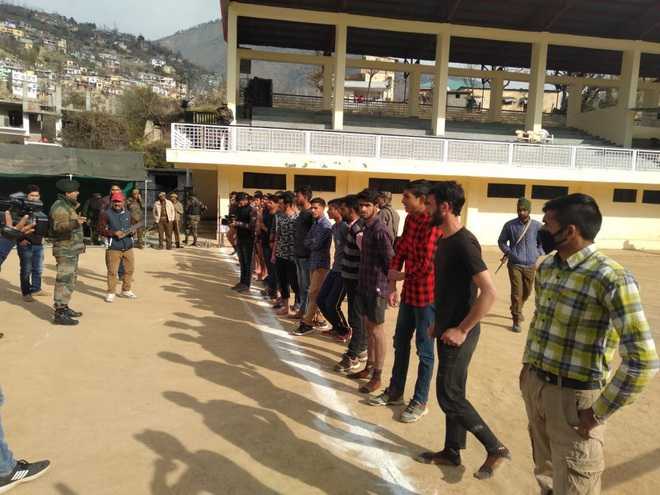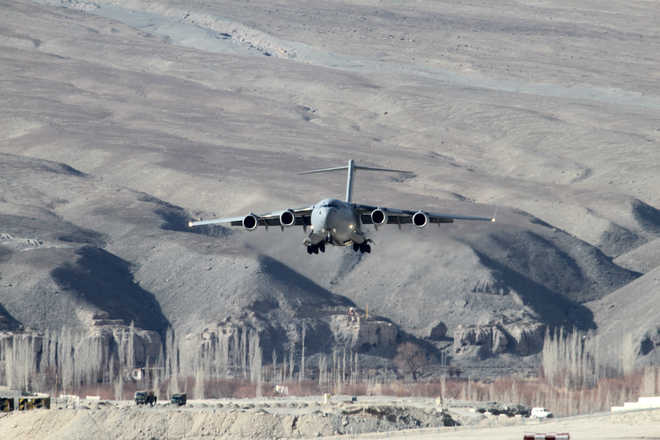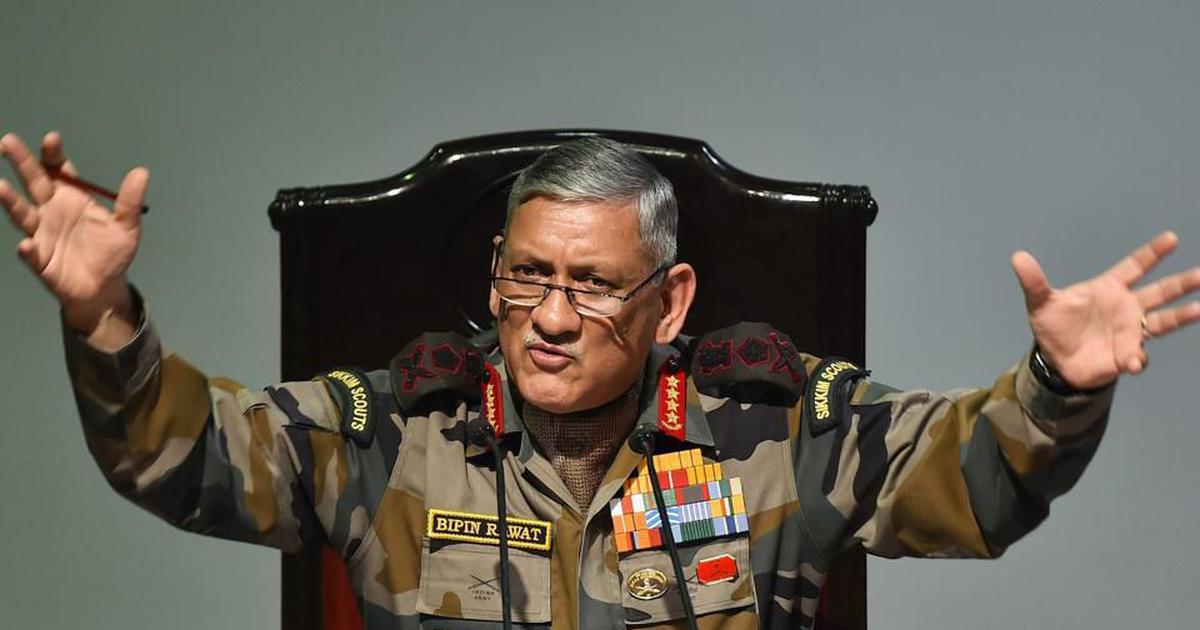The concerns raised by Rawat and those in the US military were interrogated by the US Army and published in 2015 the US Army Training and Doctrine Command Analysis Center as a Gender Integration Stud
New Delhi: Should women in the Army be in combat roles? Like Indian Army Chief General Bipin Rawat, the United States Military also had its reservations until 2015 when it initiated a detailed study to address their concerns.
Rawat, in an exclusive interview to CNN-News18, said that India wasn’t ready to see women in combat roles, and neither were women ready to be in those roles. Rawat spoke of a woman’s responsibility as a mother and said that they couldn’t be given six months maternal leave. He also said that the women might accuse soldiers of peeping while she changes clothes.
The United States, too, had its apprehension before it began admitting women in combat roles, while other countries such as Denmark, Estonia, Finland, France, Germany and Israel had already paved the way.
In 2013, after the US formally announced the move, the country took a massive research exercise to probe the concerns and concluded, “The Army should proceed with integrating women into previously closed combat arms MOS/units.”
The concerns raised by Rawat and those in the US military were interrogated by the US Army and published in 2015 the US Army Training and Doctrine Command Analysis Center as a Gender Integration Study.
It concluded, “The Army should proceed with integrating women into previously closed combat arms MOS/units. To successfully integrate, the Army must address the following barriers: inconsistent enforcement of existing standards and perceptions of double standards; incidents of unprofessional behavior and indiscipline; fear of sexual harassment and assault; cultural stereotypes; and ignorance of current Army policy.”
Like India, the US army knew that there would be barriers. But the American gender integration model had some key differences to what India has been doing. For instance, while Rawat that a woman commanding officer would not get acceptance from jawans who come from villages, the US Army initiated a ‘leaders-first’ approach. The idea being that they would first focus on the integration of female officers and non-commissioned officers into combat units, before bringing in juniors in combat units in the hope that this would create mentors and role models.
Apart from this, the US Army’s integration plan also includes a plan for initiating a gender-neutral testing and training that would start with the trial rollout of a new, gender neutral physical training to address concerns that there were lower standards for physical training for women.
The 2015 study identified stereotypes that “women are emotionally weaker, less mentally resilient, and more emotional than men” or that it’s the “chivalrous duty of men to watch over women” or that “women will bring ‘feminine’ leadership styles” to the army. But argued, “Army must confront these broad cultural stereotypes about men and women, while simultaneously communicating the rationale and importance of integration.”
Another concern, regarding sexual harassment or as Rawat described, “peeping”, is also addressed in the study. But to mitigate these fears, the study spoke of the need for “sustained leader involvement”, educating soldiers and “training for conducting official Army investigation” and to “assign women together at the company-level in previously closed units to avoid isolation.”
In fact, as early as 1997, a study titled ‘New Opportunities for Military Women’ found that gender integration in the armed forces could lead to increased morale. “Gender integration also has some positively perceived effects upon morale…In addition, both women and men told us that men could discuss frustrations and other personal issues with female colleagues more than with men, and that this opportunity prevented them from seeking more destructive outlets, such as excessive drinking or fighting,” it said.
